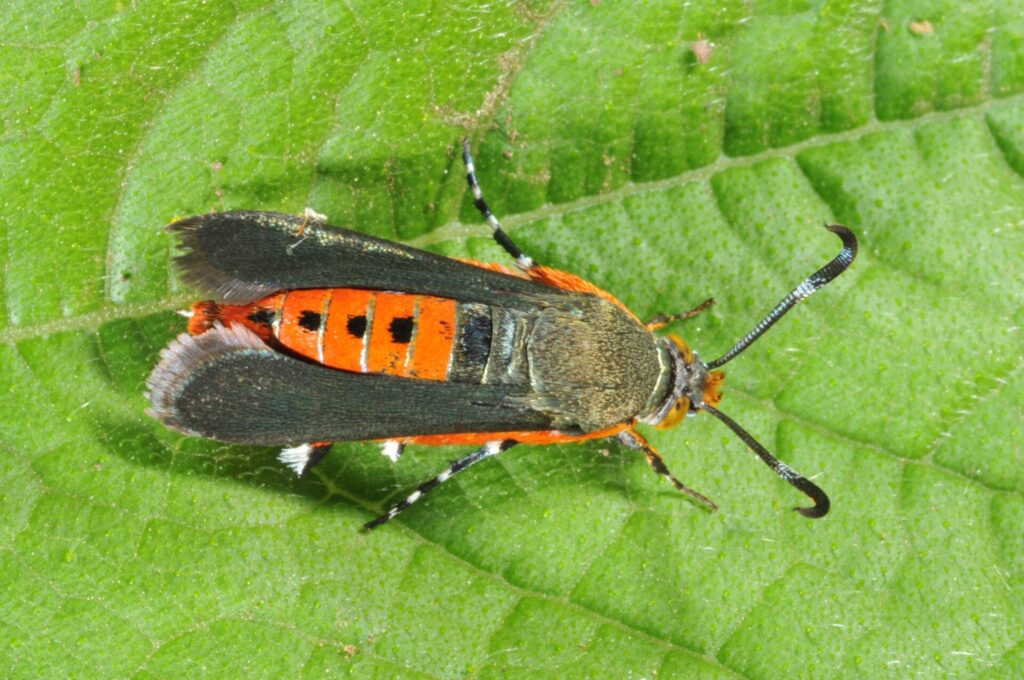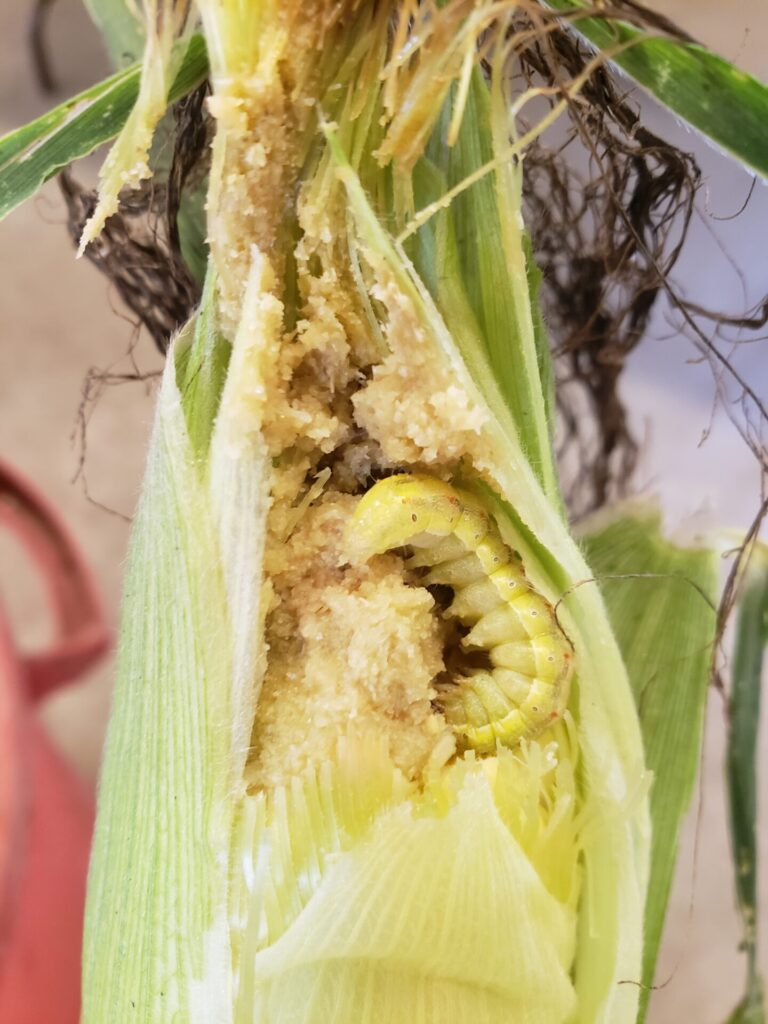Pheromone trap monitoring of corn earworm (Helicoverpa zea) and squash vine borer (Melittia cucurbitae) is underway throughout the state. Utilizing trap catches in your area can help inform management decisions and avoid unnecessary pesticide applications.
Squash Vine Borer (https://extension.entm.purdue.edu/veg/squash-vine-borer/)
For those trappers who are currently reporting, we are catching moths regularly in Allen, Marion, and Grant counties. Now is the time to physically exclude the moths from your crop or apply pesticides at the base of the stems to protect them from caterpillar damage. Continue to protect your crop until trap catches near zero, indicating a break between the two generations we typically experience in Indiana.
Corn Earworm (https://extension.entm.purdue.edu/veg/cornearworm/)
Our current record holder is Montgomery County with an average of 121 moths per night this week. This is well above the threshold, regardless of the status of any dent corn in the area. If you are not growing Bt corn, you should be spraying any green silk to protect your crops. Other counties reporting catches above the threshold include Lawrence and Tippecanoe counties. If you are at silking stages in Elkhart, Whitley, or Knox counties, check out the status of dent corn in your region. If dent corn is silking, you are below the threshold, but keep a close watch. If dent corn is not yet in the silk stage, you have exceeded them and should be protecting your sweet corn crop.

